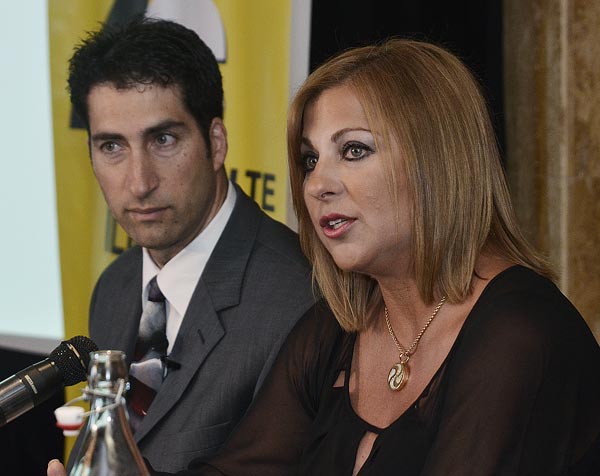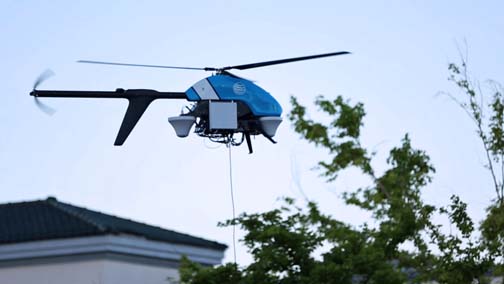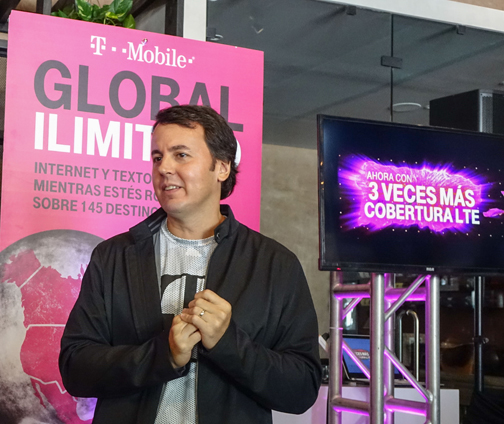Sprint deploys $60M 4G LTE network in Puerto Rico, USVI


From left: Sprint execs Greg Najjar, director of network engineering and deployment and General Manager Patricia Eaves. (Credit: © Mauricio Pascual)
It took Sprint about two years and $60 million dollars to complete, but on Wednesday the wireless carrier announced the availability of its next-generation 4G LTE network throughout Puerto Rico and the U.S. Virgin Islands.
The new “Network Vision” platform consolidates multiple technologies into one new, seamless network to increase efficiency and enhance coverage, call quality and data speeds for customers who will still be able to use prior technologies, such as 3G and 4G.
“We’re excited to share our all-new network with our Puerto Rico market and let consumers know the many benefits that they will receive from this new technology,” said Patricia Eaves, general manager of Sprint, who has been heading the deployment that essentially entailed a full “rip and replace” of the entire Sprint network infrastructure.
“Capacity is of paramount importance right now. Customers are using more and more data and we needed to have a network that would support their data needs and the offer that will deliver that to them, through our truly unlimited 4G LTE service,” said Eaves, noting that consumers will be able to download apps, connect to social networks and surf the web faster.
Although local company officials made the availability of LTE official Wednesday, the fact is that Sprint began rolling out its next-generation network in July 2012, quietly extending its improved signal strength for voice and data to about half of the island since.
In deploying islandwide LTE, short for Long-Term Evolution, Sprint joins the four other wireless carriers also offering it. Sprint executives said its infrastructure has been designed to be able to adopt future technologies — such as 5G and LTE Advanced — faster and easier, Eaves said.
“Our customers now have enhanced voice quality and are already experiencing a superior performance on their smartphones, mobile broadband connection cards and mobile hotspots when using our Sprint 4G LTE and 3G networks,” said Eaves.
Sprint’s network upgrades in recent months have already resulted in a reduction in dropped calls from 2 percent to 0.7 percent, and a drop in blocked calls from 3.5 percent to 0.5 percent for voice and data, says Greg Najjar, director of network engineering and deployment.
To support the availability of LTE, Sprint will add five 4G LTE-ready smartphones to its portfolio this year: Blackberry Q10, HTC One, Galaxy S4, and two Windows 8 devices. Those join the Sprint Force, the Kyocera Torque, and a tri-mode USB modem that were introduced to the market earlier this year.
New platform, new stores
In anticipation of an expected double-digit growth — which Eaves estimated at between 20 percent and 25 percent this year — Sprint will open 18 new stores in 2013, adding 100 jobs, Eaves said. Another 22 stores are planned in 2014.
“Sprint will continue to aggressively invest in the local market with the newest technology, such as LTE advanced as recently announced, to provide an even better experience to our customers,” Eaves said.
The new stores will triple Sprint’s current 22-store retail footprint and build upon its 350-employee payroll.











